Trending News
News
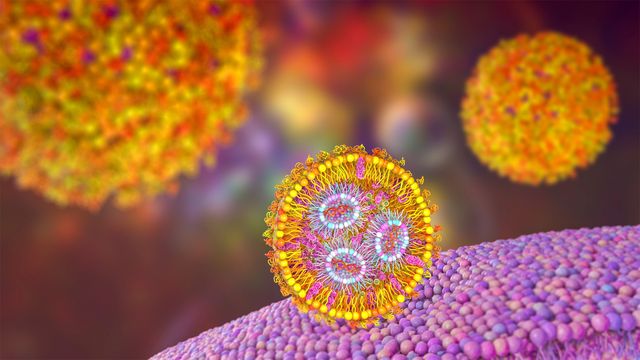
News
Repurposed Drug Makes RNA Therapies for Inflammatory Diseases Safer
Two new solutions can help alleviate inflammation associated with the use of lipid nanoparticles in RNA therapies, while still getting RNA where it needs to be in the cell.
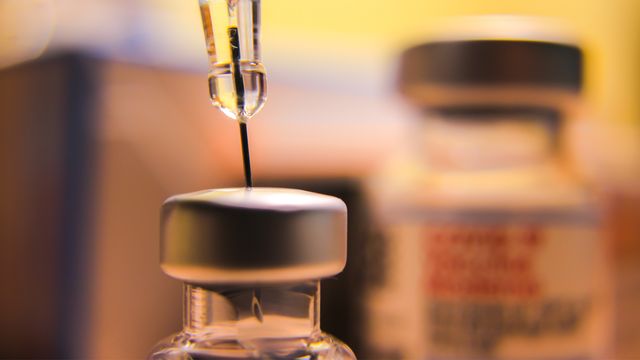
News
AI Helps Accelerate Efforts Towards a Universal Vaccine
Researchers have developed a research pipeline utilizing bioinformatics and artificial intelligence to fuel the development of “universal vaccines.” These vaccines would address broad viral families and mutated viral variants.
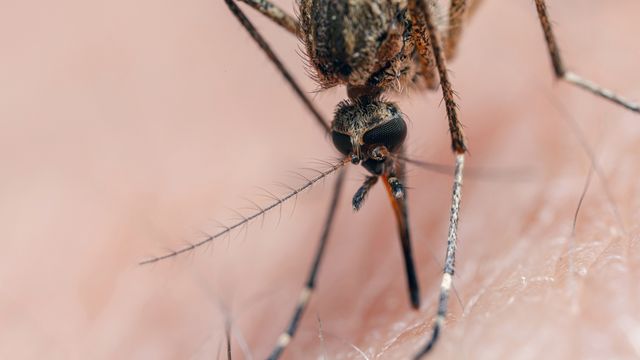
News
mRNA-Based Malaria Vaccine Reduces Transmission by 99.7%
WEHI scientists captured the first high-resolution structure of a key protein complex that’s essential for the malaria parasite to reproduce inside mosquitoes. A new mRNA vaccine induced antibodies targeting these domains, reducing transmission.
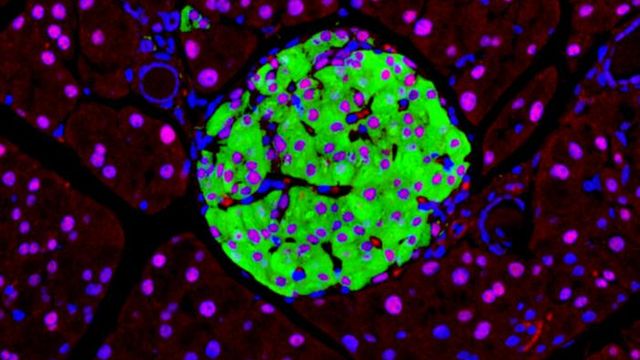
News
A Single Gene Pushes Millions Toward Type-2 Diabetes
Mutations in the HNF1A gene impair insulin secretion by disrupting hundreds of genes in β‑cells and causing RNA splicing errors. A new study shows how this dual defect contributes to MODY3 and type-2 diabetes.
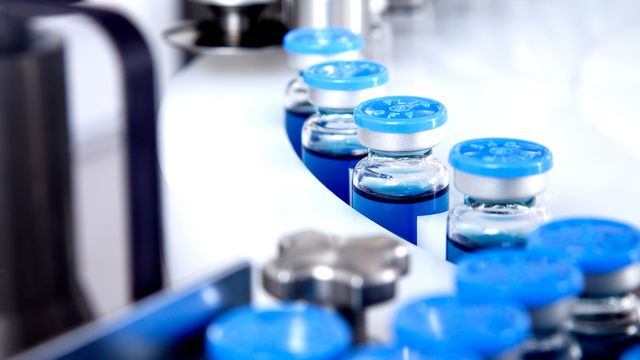
News
Self-Assembling Nanoparticles Offer A New Route for Vaccine Delivery
Researchers have developed polymer-based nanoparticles that self-assemble with a temperature shift, offering a simple method for delivering protein-based medicines and vaccines.
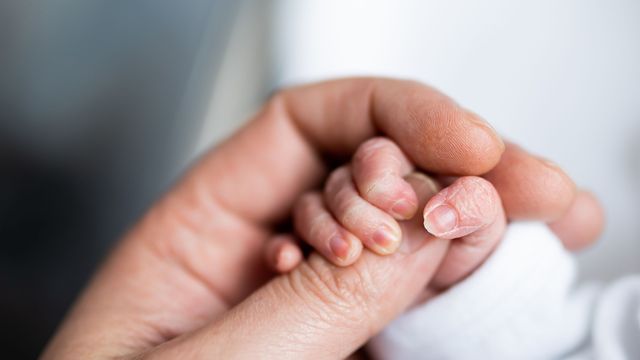
News
Stem Cell Therapy Offers Hope for Repairing Brain Damage in Newborns
In a safety study, ten newborns received an intranasal stem cell therapy for brain damage shortly after birth. Most of the children showed remarkably positive development: they started walking earlier on average than untreated children.
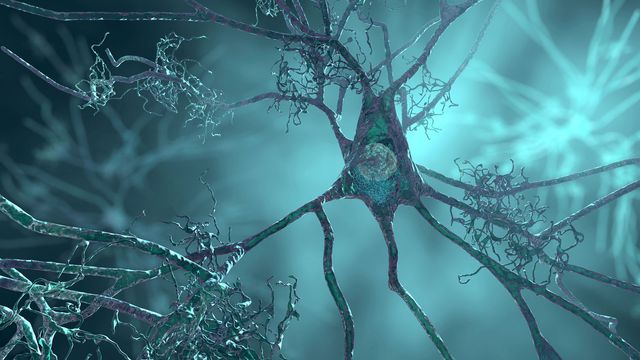
News
Replacing Brain Immune Cells Slows Neurodegeneration in Mice
Researchers have developed a way to replace more than half of the most severely affected cells in, called microglia, with non-genetically matched precursor cells of Tay-Sachs and Sandhoff diseases in mice.
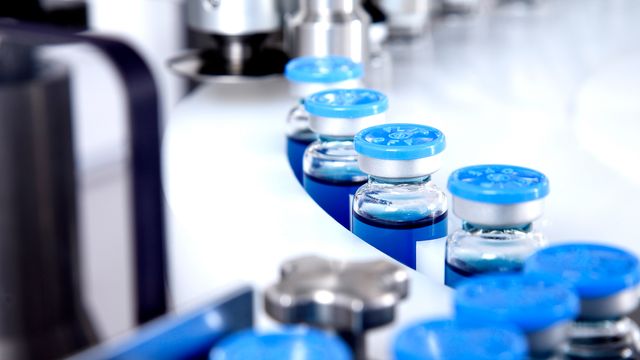
News
US Health Department Halts $500m Funding in mRNA Vaccine Development
The decision amounts to a termination of 22 mRNA vaccine development contracts, totaling nearly $500 million in investment.

News
Chemical Created by Brain Cells Could Unlock Next-Generation Weight Loss Drugs
Researchers found that brain support cells produce a chemical that suppresses appetite, and they created a modified version of this molecule that helped lab animals lose weight without causing illness.
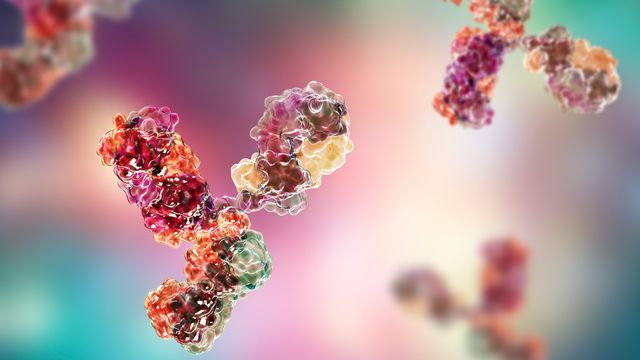
News
How Glycans Control Antibody Behavior
A research team has uncovered how glycan modifications dynamically regulate the structure and function of human immunoglobulin G antibodies. The findings provide a new framework for designing next-generation therapeutic antibodies.
Advertisement




